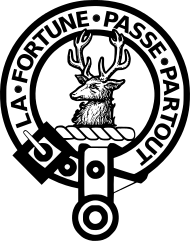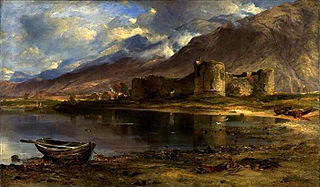
Clan Campbell is a Highland Scottish clan, historically one of the largest and most powerful of the Highland clans. The Clan Campbell lands are in Argyll and within their lands lies Ben Cruachan. The chief of the clan became Earl of Argyll and later Duke of Argyll.
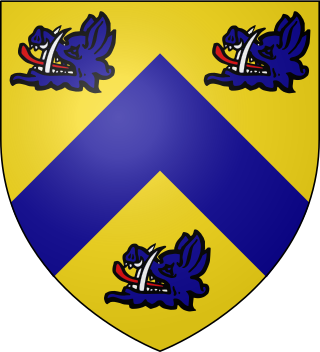
Lord Rollo, of Duncrub in the County of Perth, is a title in the Peerage of Scotland. It was created on 10 January 1651 for Sir Andrew Rollo, with remainder to his heirs male whatsoever. His great-great-grandson, the fifth Lord, was a Brigadier-General in the Army and fought in North America during the Seven Years' War. He died without surviving male issue and was succeeded by his younger brother, the sixth Lord. His grandson, the eighth Lord, sat in the House of Lords as a Scottish Representative Peer from 1841 to 1846. His son, the ninth Lord, was a Scottish Representative Peer from 1847 to 1852. His son, the tenth Lord, sat in the House of Lords as a Scottish Representative Peer from 1860 to 1868. On 29 June 1869 he was created Baron Dunning, of Dunning and Pitcairns in the County of Perth, in the Peerage of the United Kingdom, with remainder to the heirs male of his body. This title gave the Lords an automatic seat in the House of Lords until 1999. As of 2017 the titles are held by the tenth Lord's great-great-grandson, the fourteenth Lord, who succeeded his father in 1997. He is the hereditary Clan Chief of Clan Rollo.
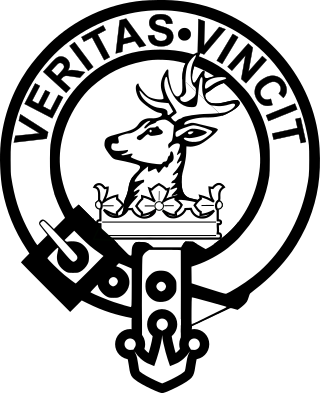
Clan Keith is a Highland and Lowland Scottish clan, whose Chief historically held the hereditary title of Marischal, then Great Marischal, then Earl Marischal of Scotland.

David Leslie, 1st Lord Newark was a Scottish military officer and peer. During the Thirty Years' War, he joined in the Swedish Army in 1630 and served under Alexander Leslie. Returning to Scotland in the final days of the Bishops' War, Leslie fought in the English Civil War and Scottish Civil Wars on the side of the Covenanters and Royalists. After the Stuart Restoration, Leslie was raised to the peerage of Scotland as Lord Newark by Charles II of England.

Clan Maclean is a Highlands Scottish clan. They are one of the oldest clans in the Highlands and owned large tracts of land in Argyll as well as the Inner Hebrides. Many early MacLeans became famous for their honour, strength and courage in battle. They were involved in clan skirmishes with the Mackinnons, Camerons, MacDonalds and Campbells, as well as all of the Jacobite risings.
The Battle of Auldearn was an engagement of the Wars of the Three Kingdoms. It took place on 9 May 1645, in and around the village of Auldearn in Nairnshire. It resulted in a victory for the royalists, led by the Marquess of Montrose and Alasdair MacColla, over Sir John Urry and an army raised by the Covenanter-dominated Scottish government.

Clan Graham is a Scottish clan who had territories in both the Scottish Highlands and Lowlands, with one main branch Montrose, and various cadet branches. The chief of the clan rose to become the Marquess and later Duke of Montrose.
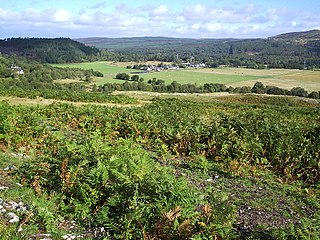
The Battle of Carbisdale took place close to the village of Culrain, Sutherland, Scotland on 27 April 1650 and was part of the Wars of the Three Kingdoms. It was fought by the Royalist leader James Graham, 1st Marquess of Montrose, against the Scottish Government of the time, dominated by Archibald Campbell, 1st Marquess of Argyll and a grouping of radical Covenanters, known as the Kirk Party. The Covenanters decisively defeated the Royalists. The battlefield has been inventoried and protected by Historic Scotland under the Scottish Historical Environment Policy of 2009. Although Carbisdale is the name of the nearest farm to the site of the battle, Culrain is the nearest village.
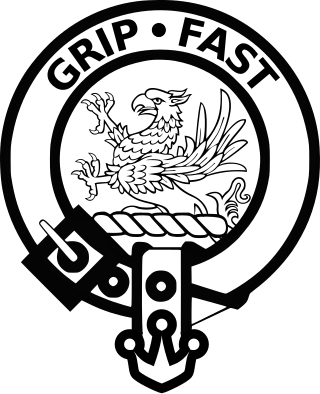
Clan Leslie is a Lowland Scottish clan. The progenitor of the Clan, Bartolf, was a nobleman from Hungary, who came to Scotland in 1067. He built a castle at Lesselyn, from which the clan name derives.

Clan Carmichael is a Scottish clan and is also considered a sept of the Clan Douglas, Clan MacDougall, Stewart of Appin, and Stewart of Galloway.
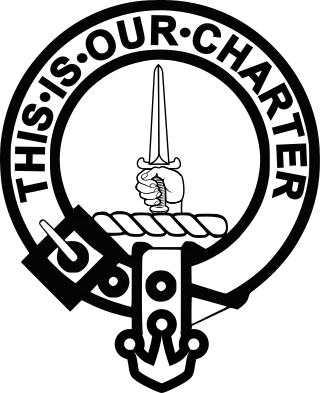
Clan Charteris is a Scottish clan of the Scottish Lowlands.

Clan Macnab is a Highland Scottish clan.

Clan Erskine is a Scottish clan of the Scottish Lowlands.

Clan Ogilvy/Ogilvie is a Scottish Highland clan from Angus, Scotland. Gillebride, Earl of Angus, received a barony from King William the Lion in 1163 and bestowed the lands of Ogilvy upon his son Gilbert. In 1491, King James IV elevated Sir James Ogilvy as Lord Ogilvy of Airlie.
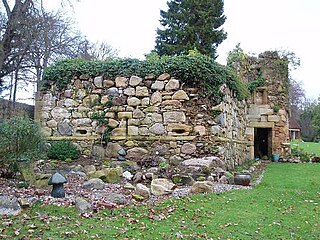
Sir George Munro, 1st of Newmore (1602–1693) was a 17th-century Scottish soldier and member of parliament from the Clan Munro, Ross-shire, Scotland. He was seated at Newmore Castle. Between 1629 and 1634 Munro held command in the Swedish army during the Thirty Years' War, and from 1642 in the Scottish Covenanter army during the Irish Confederate Wars before changing his allegiance to the Royalist cause of Charles I in 1648 during the Scottish Civil War and Irish Confederate Wars.
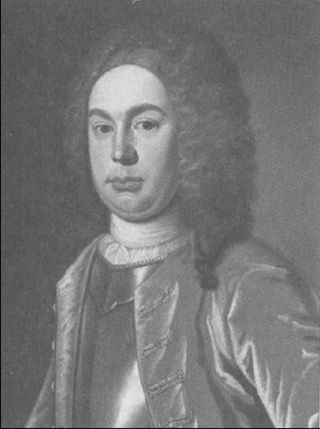
Andrew Rollo, 5th Lord Rollo, was a Scottish army commander in Canada and Dominica during the Seven Years' War, who led the British land forces in the capture of Dominica on 6 June 1761.

Clan Munro is a Highland Scottish clan. Historically the clan was based in Easter Ross in the Scottish Highlands. Traditional origins of the clan give its founder as Donald Munro who came from the north of Ireland and settled in Scotland in the eleventh century, though its true founder may have lived much later. It is also a strong tradition that the Munro chiefs supported Robert the Bruce during the Wars of Scottish Independence. The first proven clan chief on record however is Robert de Munro who died in 1369; his father is mentioned but not named in a number of charters. The clan chiefs originally held land principally at Findon on the Black Isle but exchanged it in 1350 for Estirfowlys. Robert's son Hugh who died in 1425 was the first of the family to be styled "of Foulis", despite which clan genealogies describe him as 9th baron.
Sir William Rollo or Rollock was a Scottish Royalist soldier of the Wars of the Three Kingdoms.
